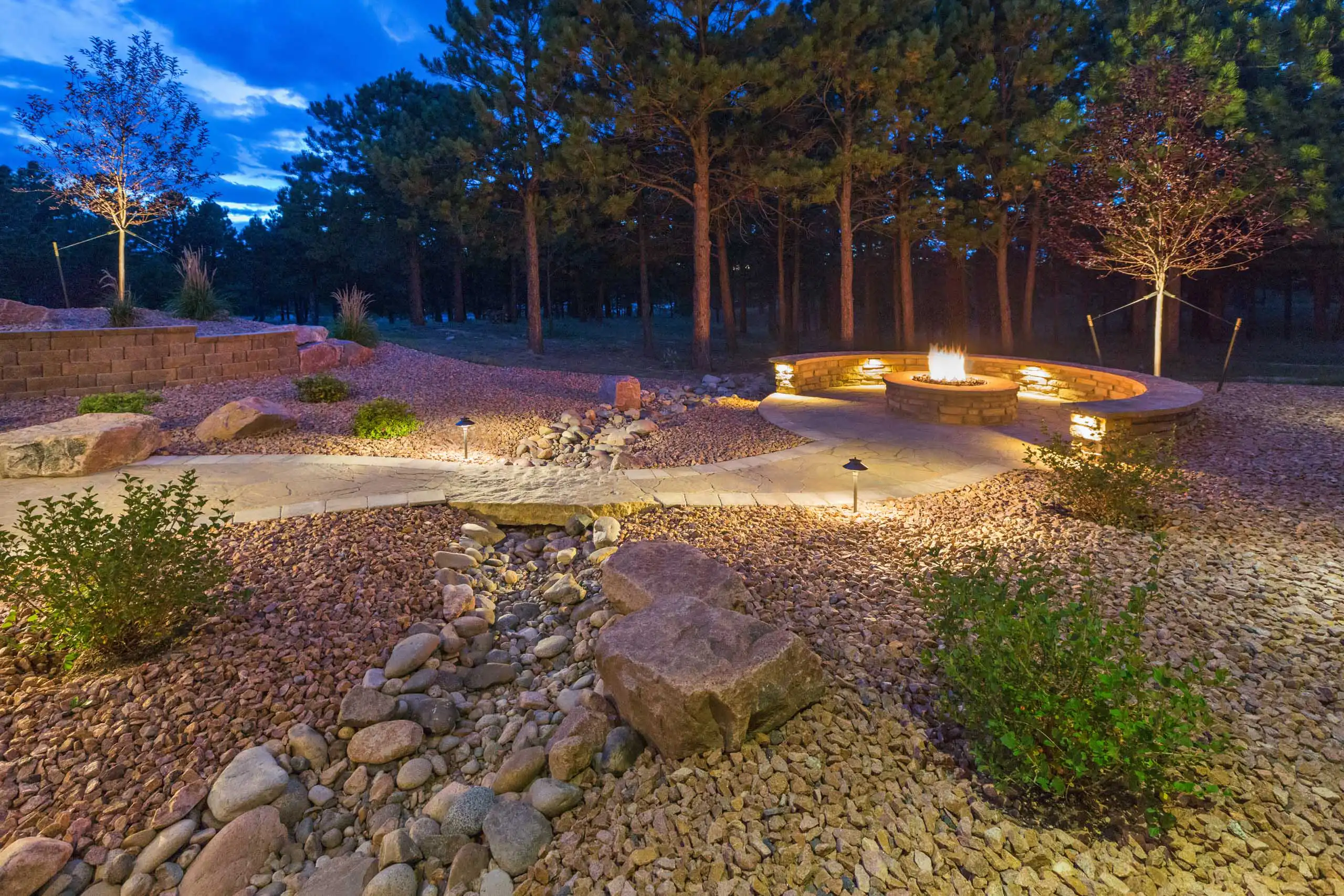If you live in an area prone to drought or you simply want to create a low-maintenance, eco-friendly yard, xeriscaping landscaping could be the perfect solution. This sustainable landscaping approach focuses on water efficiency, native plants, and smart design. In this beginner’s guide, you will learn what xeriscaping is, how it works, and how to get started transforming your outdoor space.
What Is Xeriscaping?
Xeriscaping comes from the Greek word “xeros,” meaning dry, and it refers to a landscaping method that reduces or eliminates the need for supplemental water from irrigation. It was first developed in the 1980s by the Denver Water Department as a response to recurring droughts in the western United States.
In simple terms, xeriscaping is landscaping designed for water conservation. It focuses on using drought-tolerant plants, efficient irrigation systems, and soil improvements to minimize water waste while maintaining beauty and functionality.
Key Principles of Xeriscaping Landscaping
The principles of xeriscaping provide a practical framework for creating landscapes that save water without sacrificing aesthetics.
1. Proper Planning and Design
A successful xeriscape starts with a clear design. Assess your property’s natural features, such as sun exposure, wind patterns, and soil type. Group plants according to their water needs, known as hydrozoning, to ensure efficient watering.
Pro Tip: Create a simple sketch of your yard to map out where to place turf, plant beds, walkways, and seating areas.
2. Soil Improvement
Healthy soil helps retain moisture and supports plant growth. Most xeriscape designs begin by improving soil structure with organic compost or mulch. These materials enhance water retention and provide nutrients to plants.
3. Choosing Drought-Tolerant Plants
One of the key features of xeriscaping is the use of native and drought-resistant plants. These species are naturally adapted to local climates, meaning they require less water and maintenance. Examples include:
- Lavender
- Sage
- Yarrow
- Agave
- Ornamental grasses
- Juniper
According to the Environmental Protection Agency (EPA), choosing native plants can reduce outdoor water use by up to 50 percent.
4. Efficient Irrigation
Traditional sprinklers can waste a significant amount of water. Xeriscaping favors drip irrigation systems and soaker hoses, which deliver water directly to the roots where plants need it most. Consider installing a smart irrigation controller that adjusts watering schedules based on weather conditions.
5. Mulching for Moisture Retention
Mulch plays a critical role in reducing evaporation, controlling weeds, and stabilizing soil temperature. Use organic mulches like bark chips or straw, or inorganic options like gravel in dry areas.
6. Limiting Turf Areas
Lawns are often the most water-intensive part of any yard. Replace large grassy areas with ground covers, gravel pathways, or decorative rock features. If you prefer keeping some grass, choose low-water varieties such as Buffalo grass or Bermuda grass.
7. Ongoing Maintenance
While xeriscaping reduces the need for water, it still requires some care. Regular maintenance includes:
- Checking irrigation systems for leaks
- Refreshing mulch annually
- Pruning and removing dead plants
- Monitoring soil moisture
With proper upkeep, your xeriscape can stay beautiful year-round.
 Benefits of Xeriscaping Landscaping
Benefits of Xeriscaping Landscaping
Xeriscaping offers numerous advantages beyond water savings, making it a smart choice for both homeowners and the environment.
1. Significant Water Conservation
The U.S. Geological Survey reports that outdoor water use accounts for nearly 30 percent of total household consumption. Xeriscaping can cut that amount drastically, conserving thousands of gallons each year.
2. Lower Maintenance Costs
Fewer lawns and drought-tolerant plants mean less mowing, fertilizing, and watering. This reduces long-term maintenance costs and effort.
3. Eco-Friendly and Sustainable
By minimizing chemical use and promoting native vegetation, xeriscaping helps restore local biodiversity and reduce pollution runoff.
4. Enhanced Property Value
A well-designed xeriscape is both attractive and practical. According to the American Society of Landscape Architects (ASLA), sustainable landscaping can increase property value by up to 15 percent.
5. Aesthetic Appeal
Contrary to common belief, xeriscapes are not barren or dull. With creative design, varied textures, and colorful plant selections, you can achieve a visually stunning yard that complements your home’s style.
How to Get Started with Xeriscaping
If you are new to xeriscaping, follow these simple steps to begin:
-
Evaluate Your Yard: Note which areas get the most sun and which retain moisture.
-
Set Goals: Decide whether your focus is on aesthetics, water savings, or both.
-
Draw a Plan: Create zones for plants, pathways, and sitting areas.
-
Choose Native Plants: Visit local nurseries or consult your county’s cooperative extension for regional recommendations.
-
Install an Efficient Irrigation System: Opt for drip irrigation or low-flow emitters.
-
Add Mulch and Ground Cover: These help lock in moisture and prevent erosion.
-
Maintain and Adjust: Over time, fine-tune your watering schedule and replace plants as needed.
Common Myths About Xeriscaping
Myth 1: Xeriscaping means using only rocks and cacti.
Reality: Xeriscapes can include colorful flowers, shrubs, and even small trees, depending on your climate.
Myth 2: Xeriscaping looks boring.
Reality: With proper design and plant diversity, xeriscapes can be lush, vibrant, and full of character.
Myth 3: It is only for desert climates.
Reality: Xeriscaping can be applied anywhere by focusing on region-appropriate plants and efficient watering.
Read also: What Is Hardscaping and How Is It Different from Landscaping?
A Smarter Way to Landscape
Xeriscaping landscaping is more than just a trend—it is a sustainable approach to yard design that benefits both homeowners and the planet. By reducing water use, lowering maintenance, and enhancing curb appeal, xeriscaping offers long-term value and environmental impact.
With a few drought-tolerant plants and thoughtful planning, you can create a landscape that’s both eco-friendly and elegant. Reach out to Legacy Landscaping to start building your water-smart outdoor retreat.
 Benefits of Xeriscaping Landscaping
Benefits of Xeriscaping Landscaping